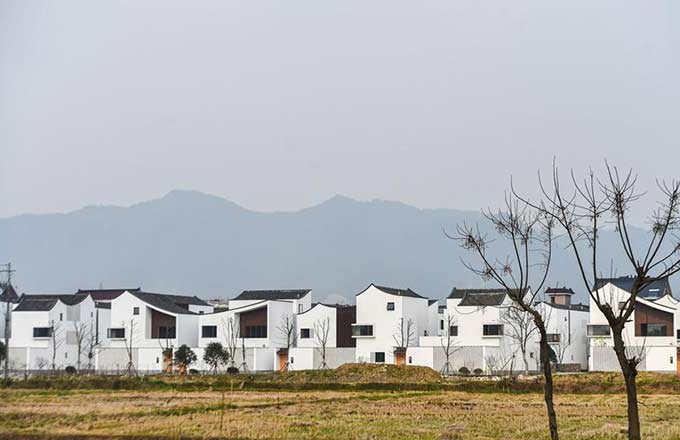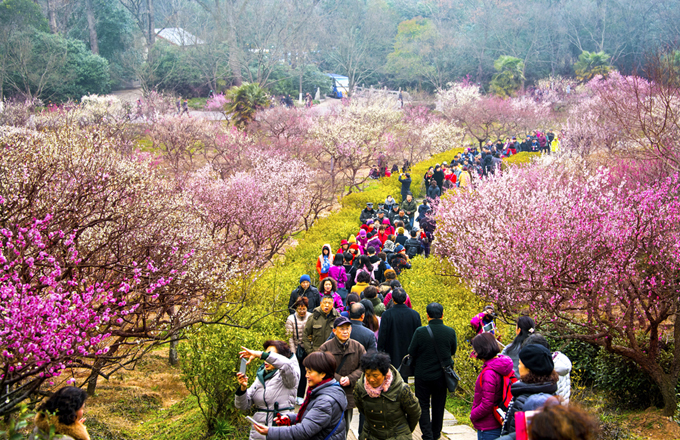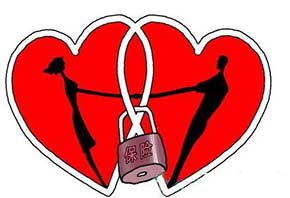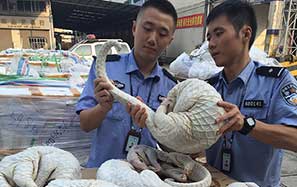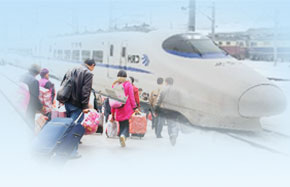Transport hubs set to ease transfer pressures
China has vowed to build 42 transport hubs by the end of 2015, with at least one in every province, autonomous region and municipality.
Cities will be turned into traffic centers that make transferring between airlines, railways, buses and ships more convenient, according to a guideline published on the central government's website on Tuesday.
The guideline, issued by the National Development and Reform Commission on March 7, requires the railway, civil aviation, road and water authorities to set up a joint mechanism to streamline transfers between different modes of transportation.
Passengers will be able to travel conveniently through different transportation means by just "making one calendar, buying one travel ticket and paying once", according to the guideline.
Apart from the capital cities of the mainland's 31 provinces, autonomous regions and municipalities, 11 other cities are also on the list of traffic hubs — including Lianyungang, Xiamen, Dalian and the "coal capital" of Datong in North China's Shanxi province.
Developing traffic hubs is an effective method to promote overall transportation efficiency, improve traffic services and cut logistics costs, the guideline said.
Writing in the People's Daily on Monday, Minister of Transport Yang Chuantang said transport authorities will establish a "mega-transport" mechanism, under which railways, roads, water routes and civil aviation will be comprehensively planned and constructed.
Yang also vowed to improve the transport authorities' work style and provide better services.
During this year's session of the National People's Congress in March, the Ministry of Railways, established in 1949, was dismantled. Its administrative functions were absorbed by the Ministry of Transport, and China Railway Corp has taken over its commercial functions.
The NDRC guideline encourages private investment in the construction and operation of transportation hubs.
Wang Mengshu, deputy chief engineer of the China Railway Tunnel Group, said a shortage of funds is the most urgent problem facing the country's railway construction.
Rail tickets might be more expensive in the future since the railway authorities have run into deep debt, he said.
High-speed railways and intercity railways should have stations built in downtown areas and be connected with cities' public transportation services such as subways and buses, according to the guideline.
Gao Chao, a civil servant in Jinan, capital of Shandong province, said the high-speed railway station in Jinan was in the city's western suburban region, and traveling outside the city made him exhausted.
"I have two bus transfers before getting to the high-speed railway station from my home," he said. "If the railway station was built in the downtown area, it would be easier for the residents to travel."
anbaijie@chinadaily.com.cn





